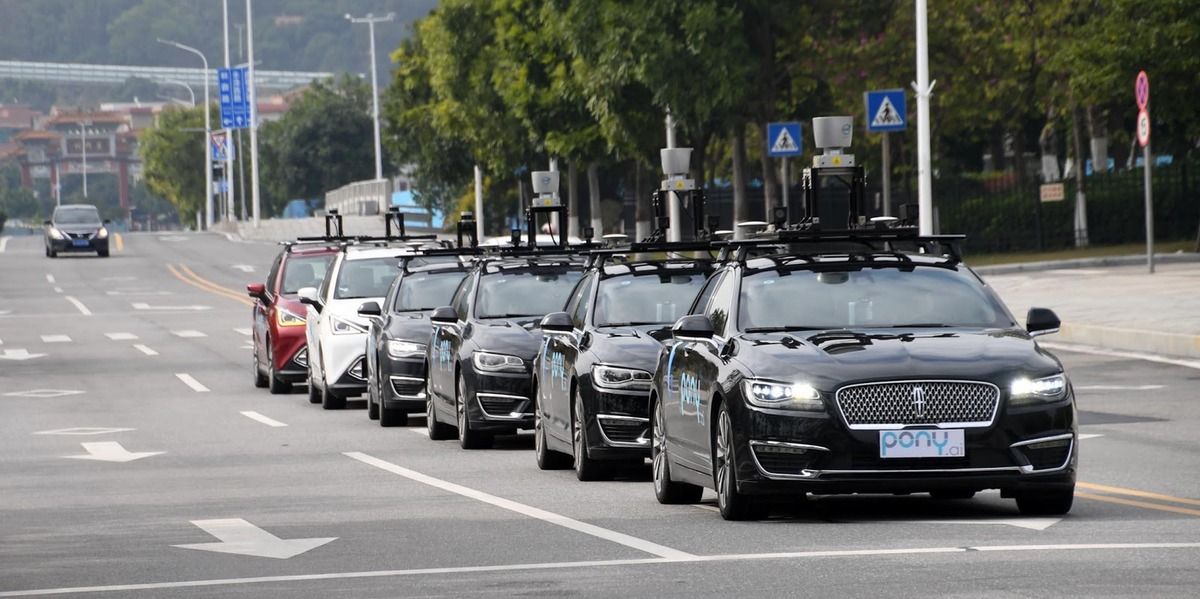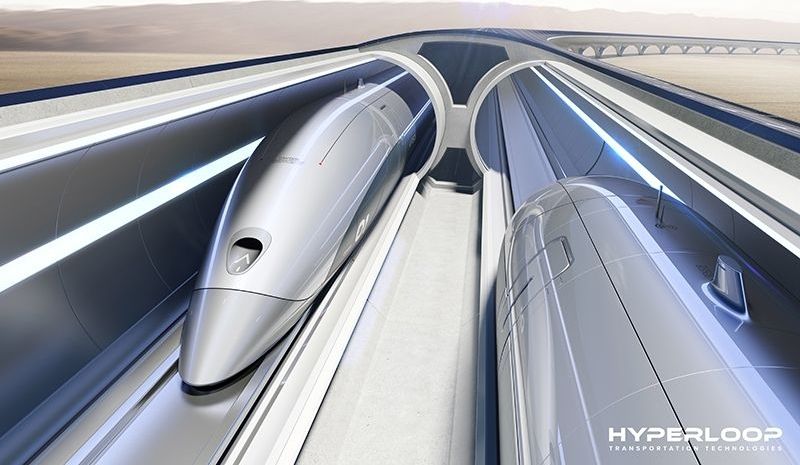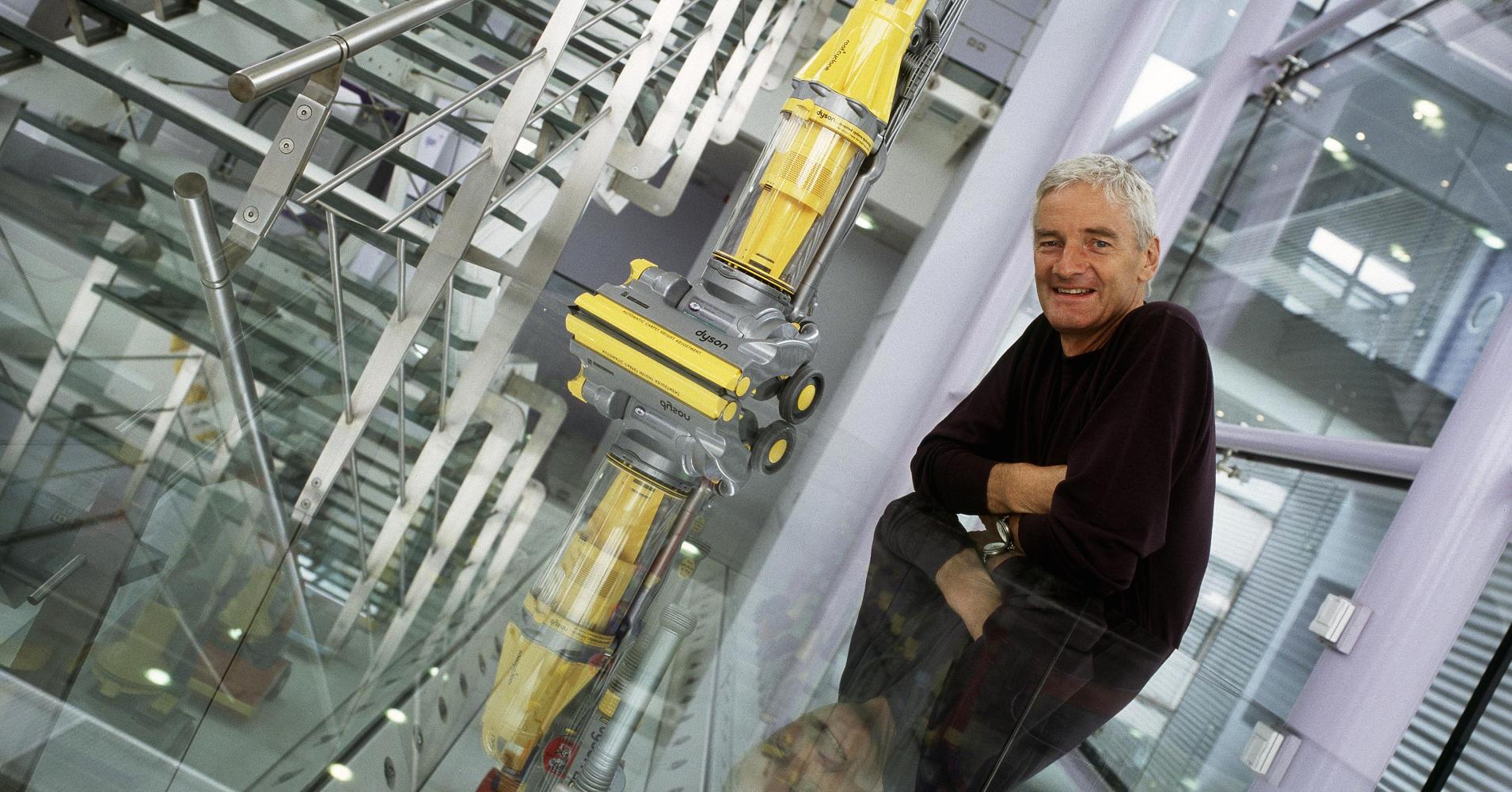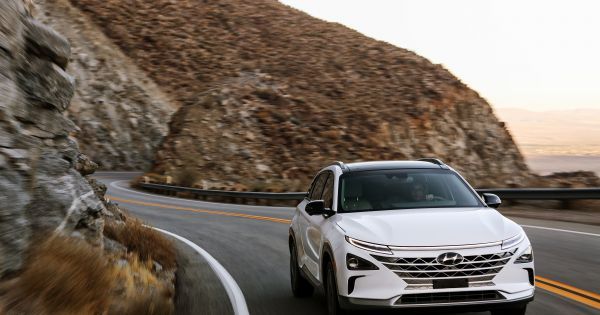Pony.ai, the first public autonomous car service in China, has launched in Guangzhou with partners including Velodyne and GAC Group.


Pony.ai, the first public autonomous car service in China, has launched in Guangzhou with partners including Velodyne and GAC Group.

CIMON (Crew Interactive Mobile CompanioN) is a mobile and autonomous assistance system designed to aid astronauts with their everyday tasks on the ISS. This will be the first form of Artificial Intelligence (AI) on an ISS mission. CIMON is an experiment overseen by Space Administration at the German Aerospace Center (DLR) in cooperation with Airbus (Friedrichshafen/Bremen, Germany) as the prime contractor. CIMON is a free flyer fueled with Artificial Intelligence, enhancing human expertise. AI-based technology is about constantly understanding, reasoning and learning, so CIMON is designed to assist and to create a feeling of talking to a crew mate.


PAL-V could deliver what many have promised but few provided.


Research-based programs and practices to help protect children from gun violence in your homes, schools and communities.”
“People who are at-risk of hurting themselves or others often show signs and signals before an act of violence takes place. When you don’t know what to look for, it can be easy to miss signs, or dismiss them as unimportant, sometimes with tragic consequences.”
“It’s important to know that one warning sign on its own does not mean a person is planning an act of violence. But when many connected or cumulative signs are observed over a period of time, it could mean that the person is heading down a pathway towards violence or self-harm. By knowing the signs, you have the power to intervene and get help for that person. Your actions can save lives.”
Sandy Hook Promise trains students and adults to know the signs of gun violence so that no other parent experiences the senseless, horrific loss of their child. Join us.

Last year saw a historic first: an exercise in which an unmanned vehicle provided live covering fire for American troops.
In a historic first, the Army conducted a live fire exercise with a remote-controlled ground combat vehicle armed with a .50-caliber machine gun. It plans to conduct more exercises with more heavily armed ground robots within the next couple of years.
The demonstration was part of the annual Northern Strike exercise, which took place last July and August at Michigan’s Camp Grayling. Primarily geared toward reserve units, this year’s event debuted an unmanned, heavily armed M113 armored personnel carrier. The driver and the weapons operator followed behind in a slightly larger M577 command post vehicle.
Yandex. Taxi self-driving car safely navigates the streets of Moscow after a recent snowstorm managing interactions with traffic, pedestrians, parked vehicles and other road hazards on snowy streets.
Беспилотный автомобиль Яндекс.Такси уверенно чувствует себя на дорогах Москвы после прошедшего снегопада. Посмотрите, как он ведёт себя не в условиях полигона, а на настоящих улицах с другими машинами, знаками дорожного движения, пешеходами и сугробами.
